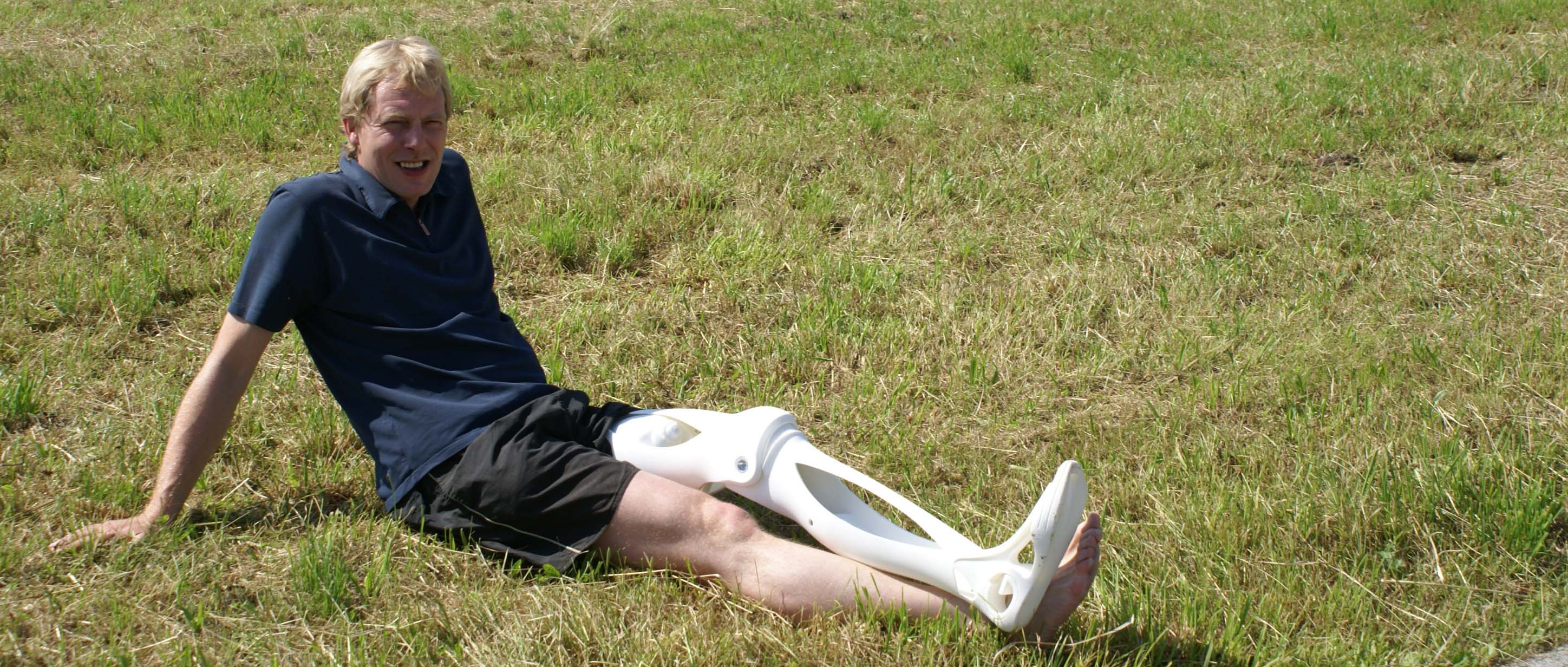Coating and active materials
The institutes of the Fraunhofer Competence Field Additive Manufacturing are researching the connection of additively manufactured implants with special coatings for improved biocompatibility. Different layer systems are applied to laser beam melted titanium implants and tested in vitro with regard to cell growth. Thus, especially suitable coating systems can be developed for the laser beam fused titanium implants.
The integration of active materials such as shape memory alloys in laser beam fused implants is another research topic of the Fraunhofer Competence Field Additive Manufacturing. The active implant adjustment in a large number of friction-locked pressure zones optimizes the pressure force on the bony environment and distributes the load dynamically. The active material composite actively counteracts the loosening of the implant over time and thus avoids the need for further operations.
Structures
The additive manufacturing process of laser beam melting offers a variety of solutions for biomedical technology: Additively manufactured products do not have to take into account the geometric and manufacturing limits of today's serial production and can be perfectly adapted in form and structure to the needs of the patient. Not only artificial joints such as hip, knee, shoulder or spine, but also individual skull and other bone plates or jaw implants can be manufactured in this way.
Laser beam melting allows medical implants, instruments and devices to be individually manufactured from biocompatible materials such as titanium, cobalt-chrome or stainless steel, which otherwise can only be produced with great effort or not at all by other methods. The geometric freedoms of laser beam melting make it possible to manufacture implants and prostheses with the most complex internal and external structures to measure. Computer tomography data, for example, can serve as a starting point.
Reliability of implants
Biomedical materials and implants have to meet the highest demands in terms of reliability and performance. Load-bearing implants, for example, must have sufficient fatigue strength to prevent failure in the patient. Suitable mechanical alternating load tests, which simulate the physiological loads, are usually used for this purpose. In the case of individual implants, which are only manufactured in small quantities, further approaches for quality assurance must be considered in addition to experimental tests. The simulation of the component behavior under consideration of the influence of the manufacturing processes can contribute to the reliability evaluation.
